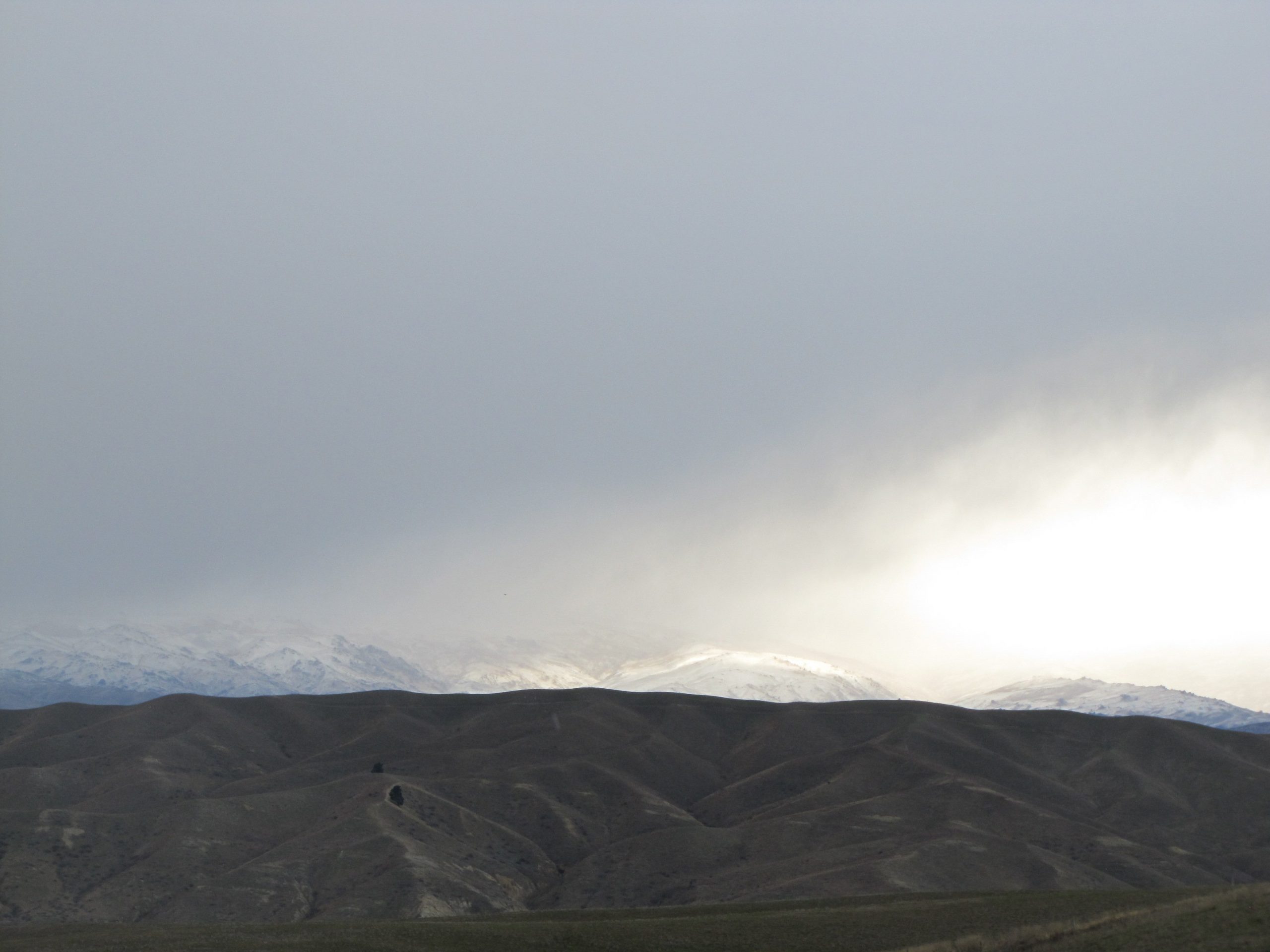Pilots are being urged to thoroughly plan their flights and take advantage of their biennial flight reviews following a fatal crash near Alexandra in 2021.
The crash of a Cessna 172G in the upper Waikaia Valley of Central Otago a year and a-half ago, in which the sole occupant died, was caused by human error and poor weather conditions, the Civil Aviation Authority (CAA) has found.
The CAA safety investigation released last month determined the accident on February 3, 2021, probably occurred as a result of the pilot, Phillip Gordon Pullar, 62, of Pukerau, near Gore, ‘‘flying in conditions of reduced visibility, and then inadvertently impacting terrain’’.
Mr Pullar was returning from his place of residence in Cromwell to his family’s farm in Gore, a flight he had completed numerous times before.
He left from the Cromwell Racecourse Aerodrome, flying south where he encountered a ‘‘weak cold front’’ weather system.
Shortly after crossing the saddle into the upper Waikaia Valley, the plane turned to the north, then continued to make a series of right-hand turns.
‘‘The aircraft struck terrain at high speed in a steep right wing down angle of bank’’, activating the plane’s emergency locating transmitter.
An Otago Regional Rescue helicopter was unable to locate the crash site due to conditions.
Mr Pullar’s body was found by a ground search party early the next morning inside the aircraft wreckage.
The report could not establish why, given weather conditions, he continued flying straight.
‘‘The pilot may have been able to see down into the upper Waikaia Valley when he approached the Old Man Range and intended to descend below cloud into the Waikaia Valley rather than divert to the east and past Alexandra and Roxburgh,’’ the report suggested.
The report identified four safety lessons: thorough preflight planning, including checking weather conditions along the flight route; for pilots to always have at least one escape route when flying in a valley; and regular practice of low and mountain flying and flying in reduced visibility conditions; and, for pilots to use their biennial flight reviews (BFR) to practice and improve skills in simulated environments such as bad weather or mid-flight diversions.
Mr Pullar had an estimated 920 hours’ flight time, but had not undertaken a BFR since 2015.
‘‘The last documented BFR completed by the pilot had been in November 2015, which expired in November 2017.
‘‘The investigation could not locate any evidence that the pilot had a current BFR at the time of the accident.’’
The investigation concluded not checking all of the weather forecast along the route, the decision to continue to fly towards poor weather in an area with no pilot diversions and no pilot adjustments in height or speed were key human factors which contributed to the accident.
The report further concluded the local terrain and weather conditions probably led to cloud formation at the location of the accident, which likely blocked an escape route from the valley.
‘‘It is possible that the pilot may have delayed his departure or changed his route had he been aware of the forecast weather.’’





